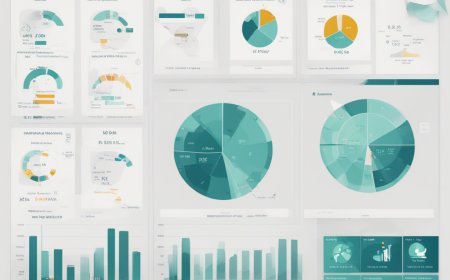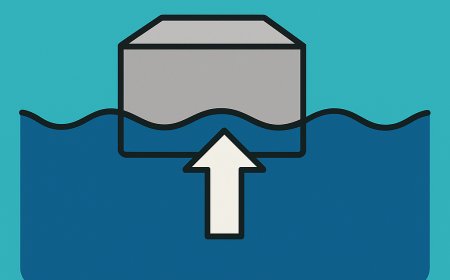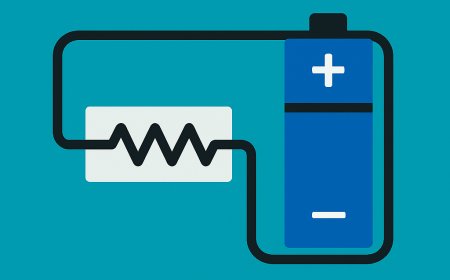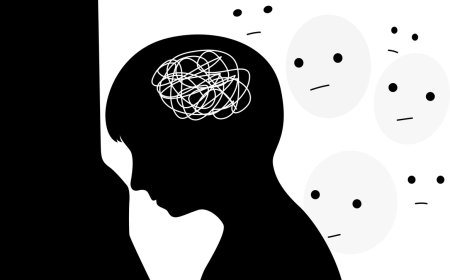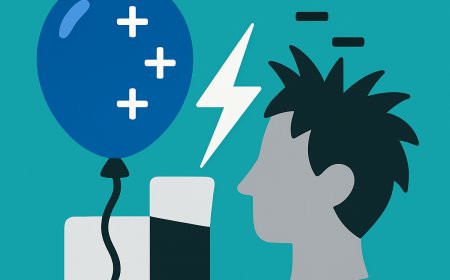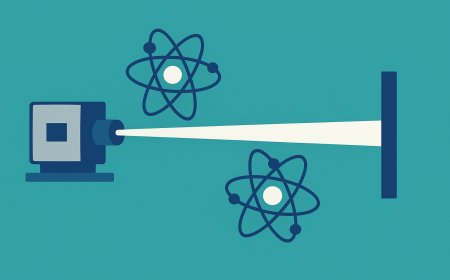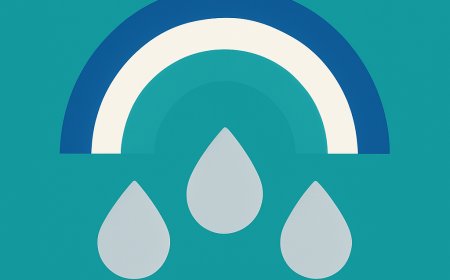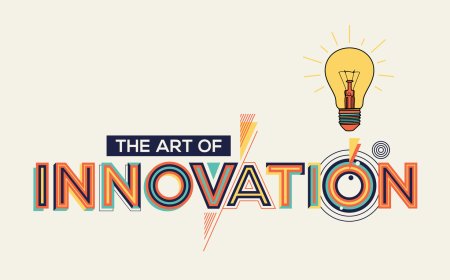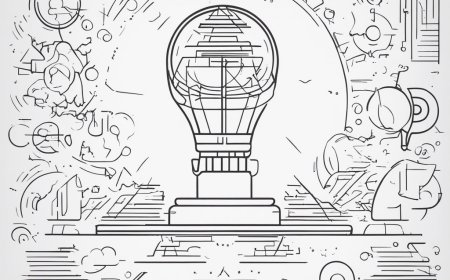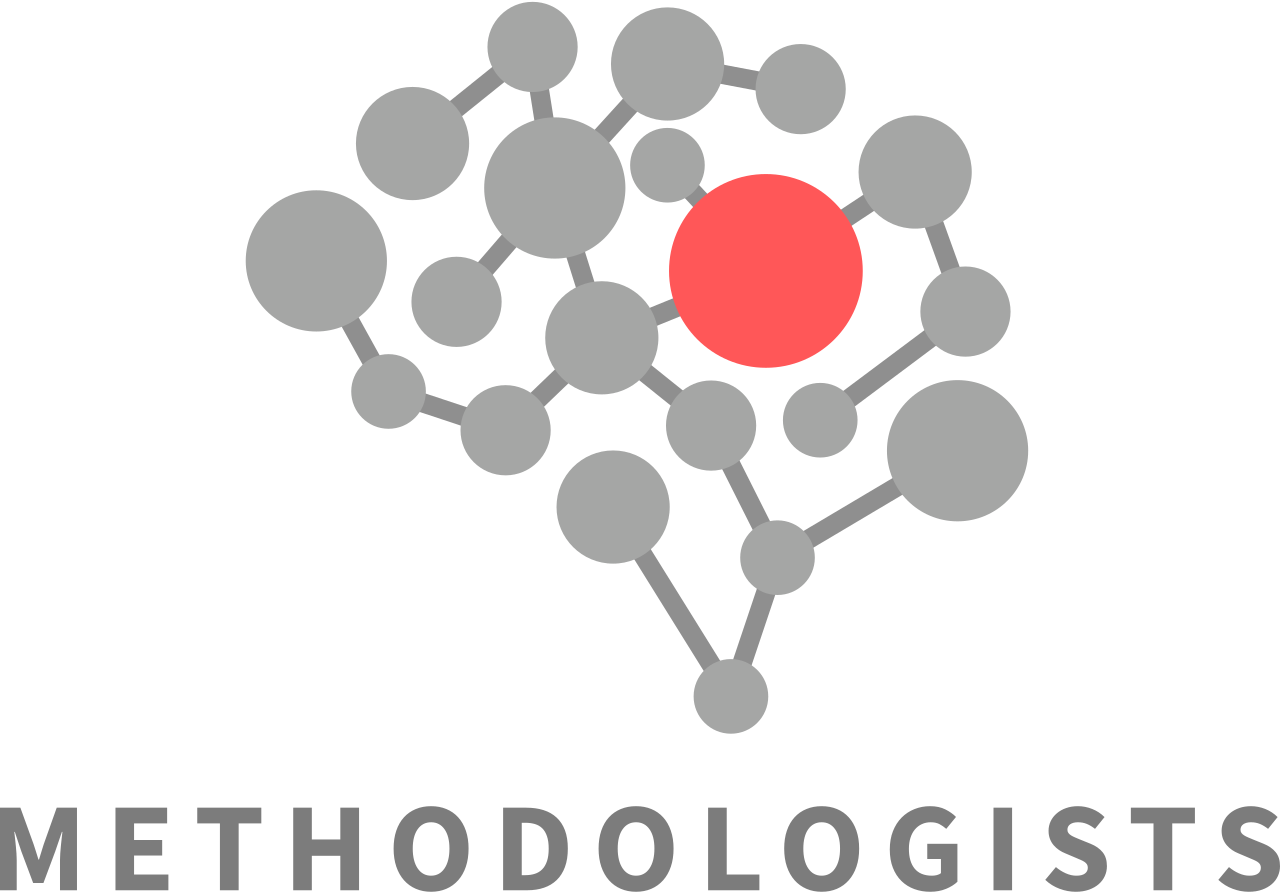Action Research in Education: A Collaborative Approach to Solving Classroom Problems
Unveil the impact of action research in education, a powerful, collaborative approach for solving classroom problems and enhancing the learning experience. Learn how this unique strategy empowers educators to become researchers within their classrooms.
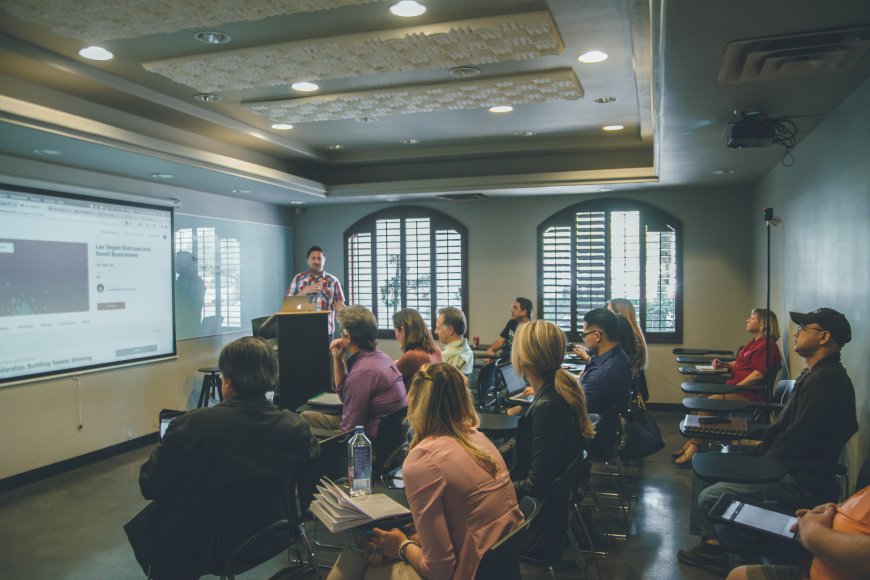
Education is a continually evolving field, with challenges that require innovative and effective solutions. One methodology making a difference in the education landscape is action research methods, a powerful tool that addresses classroom problems through collaboration and practical action. This article unpacks the concept of action research in education and how it can transform the learning experience.
What is Action Research methods?
Action research is a practice-based approach that involves identifying a problem within an environment - in this case, the classroom - and actively seeking a solution. It's participatory, collaborative, and reflexive, meaning educators involve themselves and their students in the research process, reflect on the outcomes, and adjust their teaching strategies accordingly.
The Process of Action Research methods
The action research process involves a cycle of observation, reflection, action, and evaluation.
-
Observation: Educators identify a problem in their classroom. This could be anything from low student engagement to difficulty in grasping a specific topic.
-
Reflection: Educators then reflect on the problem, brainstorming potential solutions and devising a plan of action.
-
Action: The proposed solution is then implemented in the classroom.
-
Evaluation: The outcomes of the action are evaluated. If successful, the solution can be integrated into regular teaching methods. If unsuccessful, the process begins anew with further observation and reflection.
This cyclical process enables continuous improvement within the classroom, creating an ever-evolving learning environment.
The Impact of Action Research on Education
Action research can lead to profound transformations within the classroom. By addressing specific problems and implementing targeted solutions, classrooms become more adaptable and responsive to student needs.
For instance, an educator may notice that traditional lecture-style teaching isn't engaging for students. Through action research, they might try incorporating multimedia resources or group activities into their lessons. Upon evaluation, if student engagement increases, these new teaching methods can become a regular part of their classroom strategy.
By fostering a collaborative atmosphere, action research also promotes a stronger sense of community within the classroom. Students become active participants in their learning process, fostering a sense of ownership and increased engagement.
Action Research: A Tool for Empowerment
Perhaps one of the most significant benefits of action research is its capacity to empower educators. By engaging in action research, teachers transition from passive deliverers of information to active researchers within their classrooms. They can directly influence their teaching environment and become architects of their student's learning experiences.
Furthermore, the lessons gleaned from action research can be shared among educators, contributing to a collective knowledge base that can lead to broader educational improvements.
Final Thoughts
In a world where education is increasingly recognized as a critical factor in personal and societal growth, the importance of effective, adaptable, and student-focused teaching methodologies can't be overstated. Action research in education provides a platform for such an approach, enabling educators to tackle classroom challenges head-on in a systematic, reflective, and impactful way.
By shedding light on action research, we can better understand the potential that lies within every classroom and every educator to foster environments where learning thrives. The classroom problems of today can be the innovative solutions of tomorrow when we approach education with action, collaboration, and research.
Disclaimer: The image(s) featured in this article are for illustrative purposes only and may not directly depict the specific concepts, situations, or individuals discussed in the content. Their purpose is to enhance the reader's understanding and visual experience. Please do not interpret the images as literal representations of the topics addressed.
What's Your Reaction?










